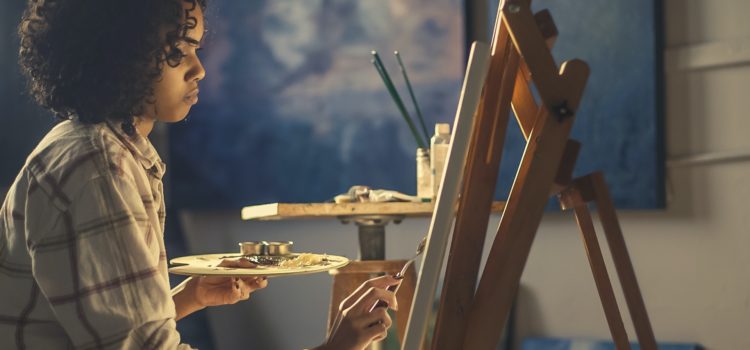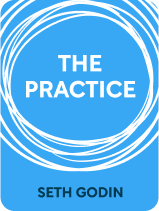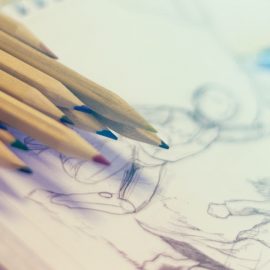

This article is an excerpt from the Shortform book guide to "The Practice" by Seth Godin. Shortform has the world's best summaries and analyses of books you should be reading.
Like this article? Sign up for a free trial here.
What are artist blocks? Are they even real?
In his book The Practice, Seth Godin disputes the claim that artists get creative blocks. He says that it’s just you holding yourself back, but you can overcome it by working every day on your creative project.
Continue reading to learn Godin’s take on artist blocks.
Artist “Blocks”
Godin maintains that “writer’s block,” or any kind of artist block, isn’t real. Rather, it’s a story we tell ourselves. For example, we might think, “I’m not Toni Morrison (or Mick Jagger, Renoir, Beyonce, or any other iconic artist). I don’t have the time, the talent, or the luxury to sit around and create art. I can’t keep staring at this blank page, I have to do the laundry.”
We all have a story about who we are and what we are (or aren’t) capable of. However, rather than accept the story you tell yourself at face value, you have to ask yourself two questions, says Godin. First, does the story accurately reflect reality? (Is there reason to expect that you would be as good as a Pulitzer prize-winning author when you’re first starting out?)
Second, is your story helping you achieve your goals? (What matters more to you in the long run, the laundry or your long-neglected creative endeavor?) Godin claims that if the story you tell yourself isn’t working for you, then you can change it. This is much easier than trying to change reality to fit your narrative. For example, you might tell yourself, “I’m still relatively new to this, and, like any other skill, I’ll need to practice more before I learn how to do it well. If I invest a small amount of time every day, I’ll learn to trust myself and I’ll create something I’m proud of.”
One benefit of a consistent practice is that you’re working every day and constantly moving forward, so it’s harder to get “blocked.” You create regardless of whether you want to or not, and regardless of whether you’re inspired. It’s better to create something that’s not great and work to improve it than it is to say you’re stuck and not create anything at all.
Very few people create brilliant work from the start, according to Godin. All work is bad at first.
In fact, sharing “bad” work or ideas is essential to creating good work. Sharing work that’s not good shows you that you can survive it and learn from it. (“Good” is very hard to define in any event, says Godin. Many best-selling books and movies were rejected repeatedly before they found success.
(Shortform note: While artist blocks might not technically be “real,” they’re psychologically real, a point Godin is getting at in his discussion of how to rewrite your narrative. They may have their roots in perfectionism, fear, or even bitterness and greed. Because they’re unique to each individual, methods for dealing with them also vary from one person to the next. Some ideas that do the trick for working creatives include: 1) Come up with a list of 20 possible next moves, so your brain isn’t so laser-focused on making the one perfect move; 2) Draw or write messily or blindly for a bit to permit yourself to make mistakes; or 3) Take notes when you have creative blocks to see if there’s a trend—maybe it’s as simple as not getting enough sleep the night before.)

———End of Preview———
Like what you just read? Read the rest of the world's best book summary and analysis of Seth Godin's "The Practice" at Shortform.
Here's what you'll find in our full The Practice summary:
- Why creativity doesn't require any “magic”
- How creativity is a skill that anybody can learn
- Step-by-step lessons on how to be creative






